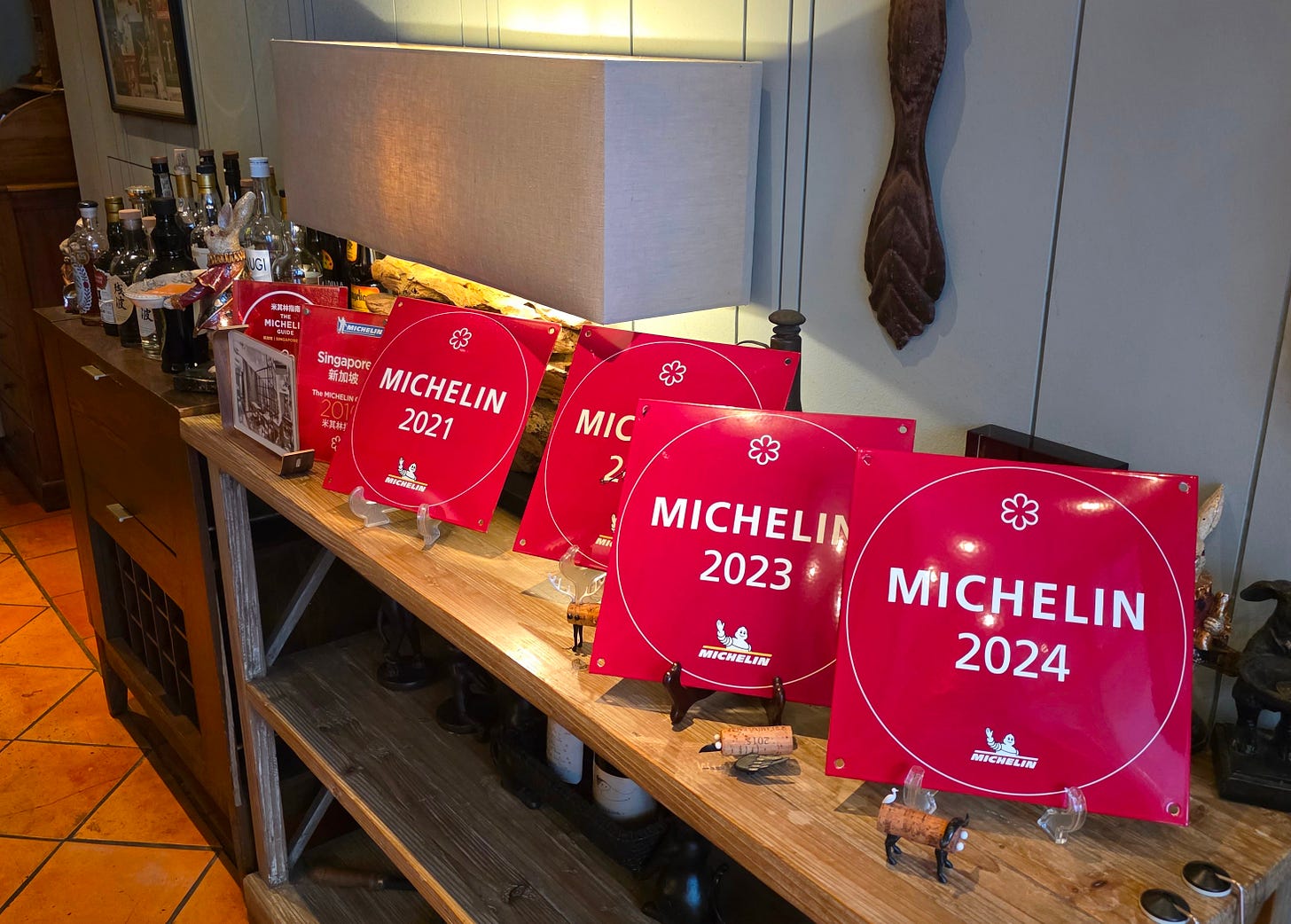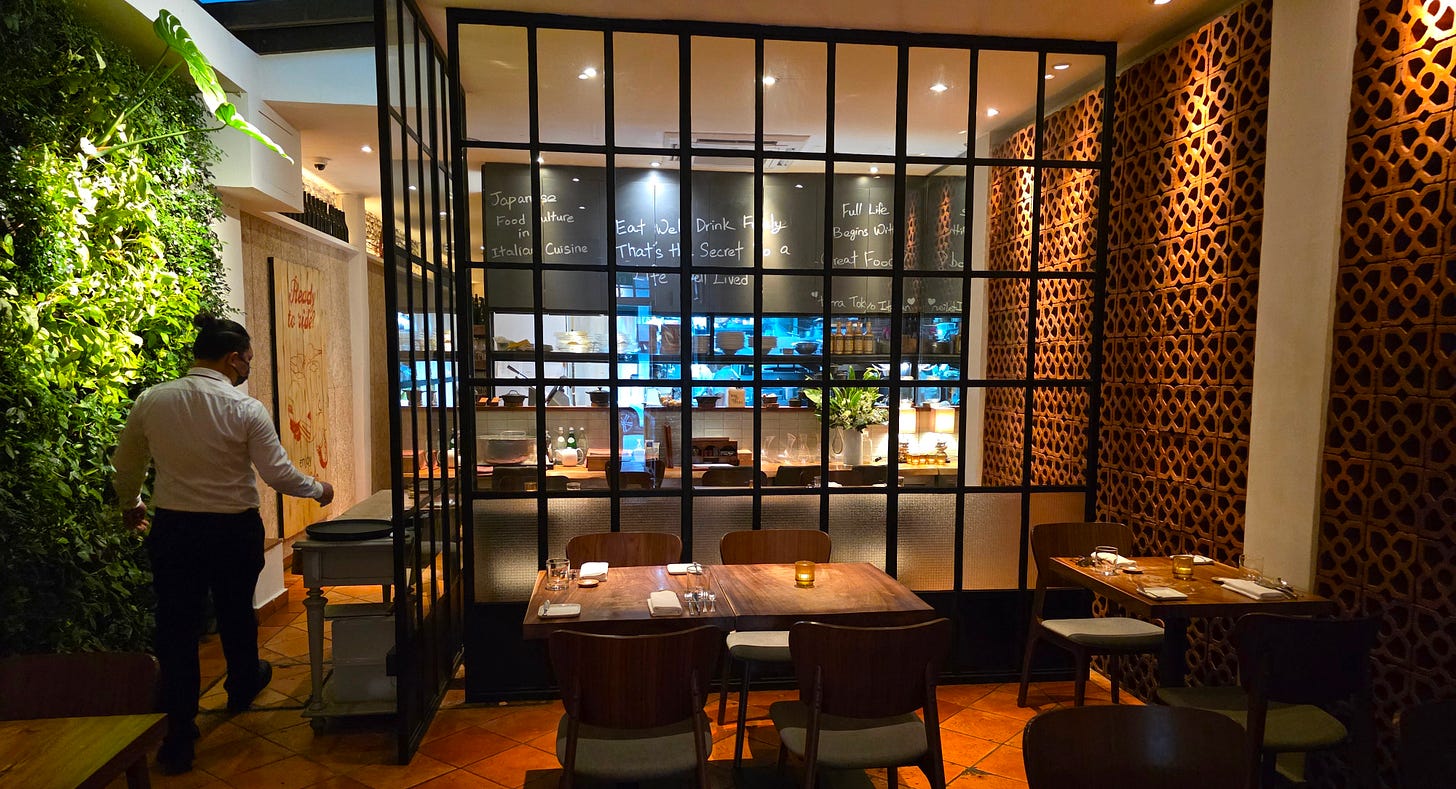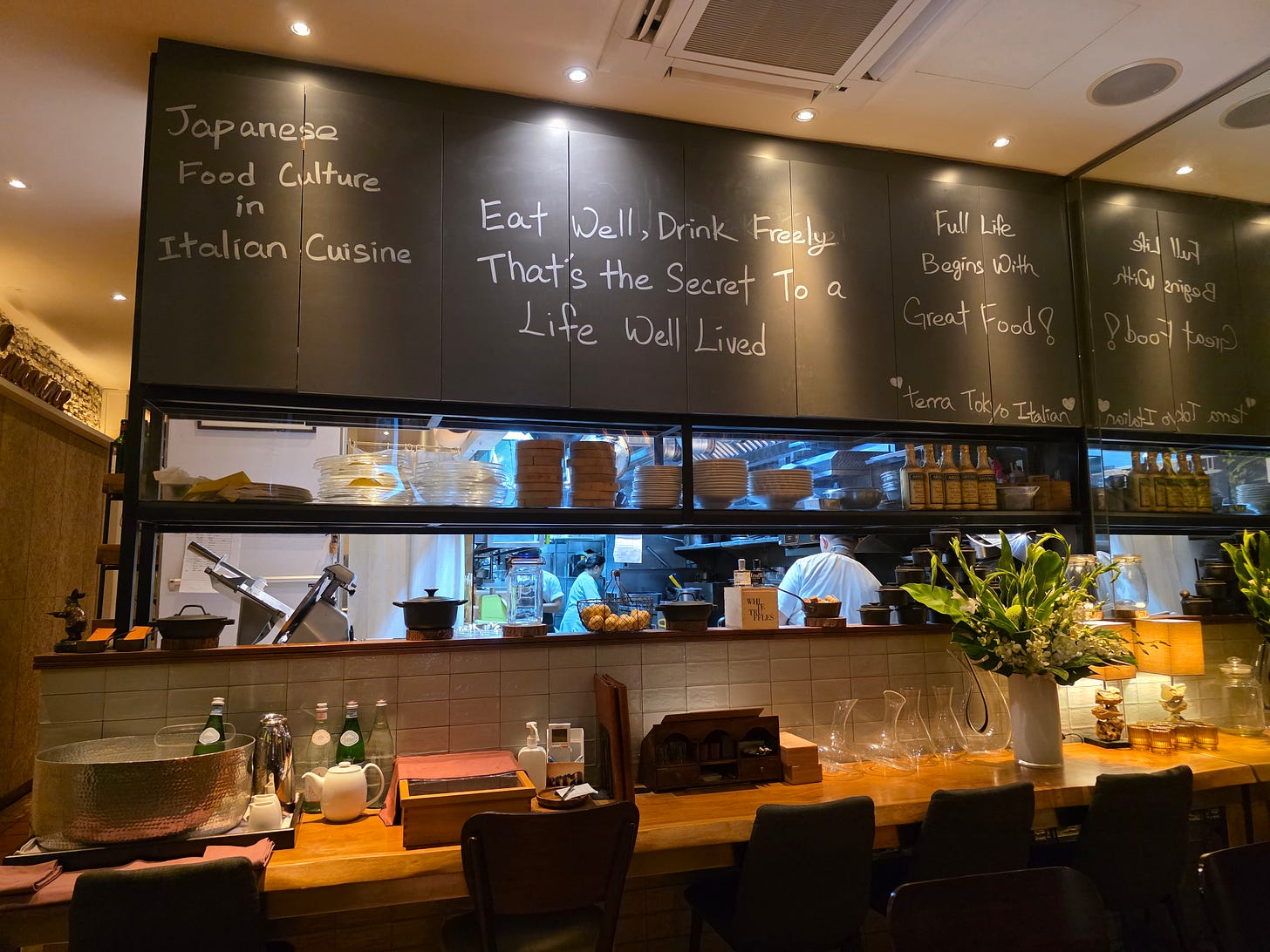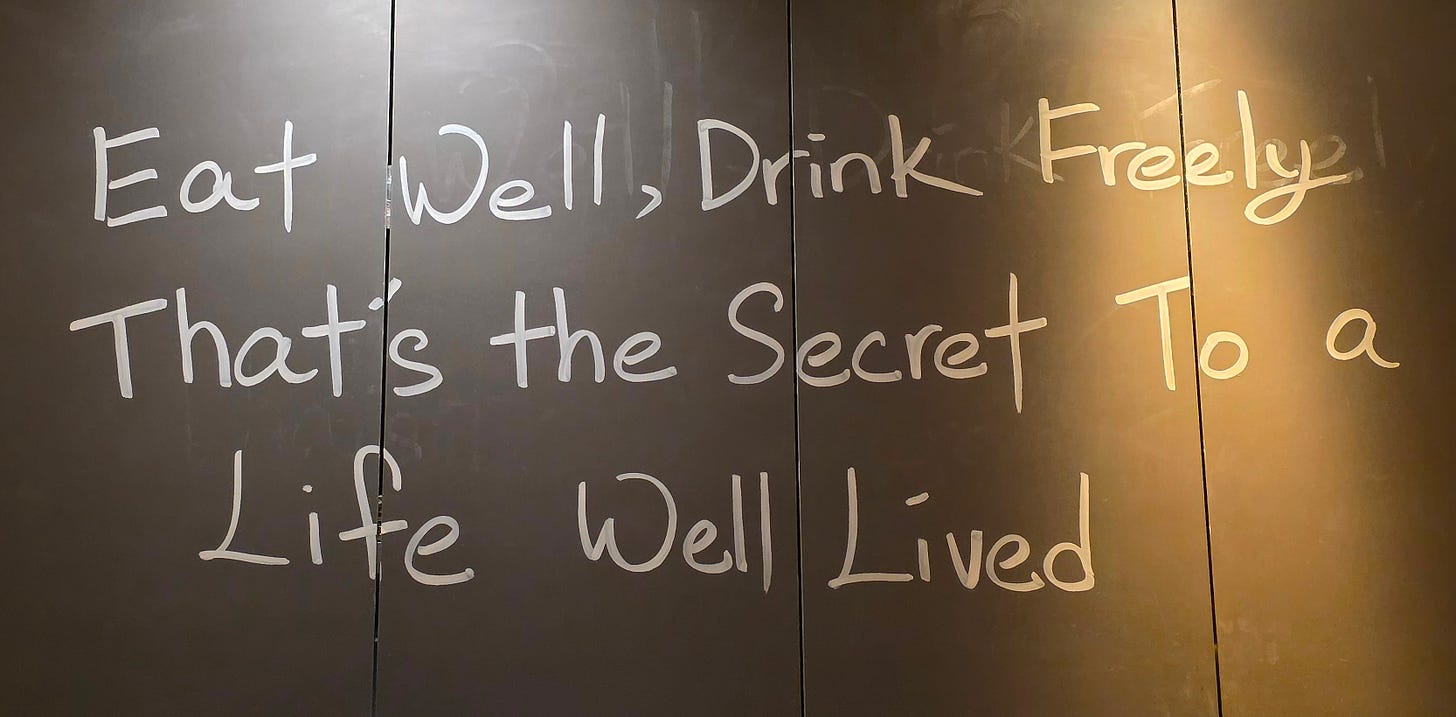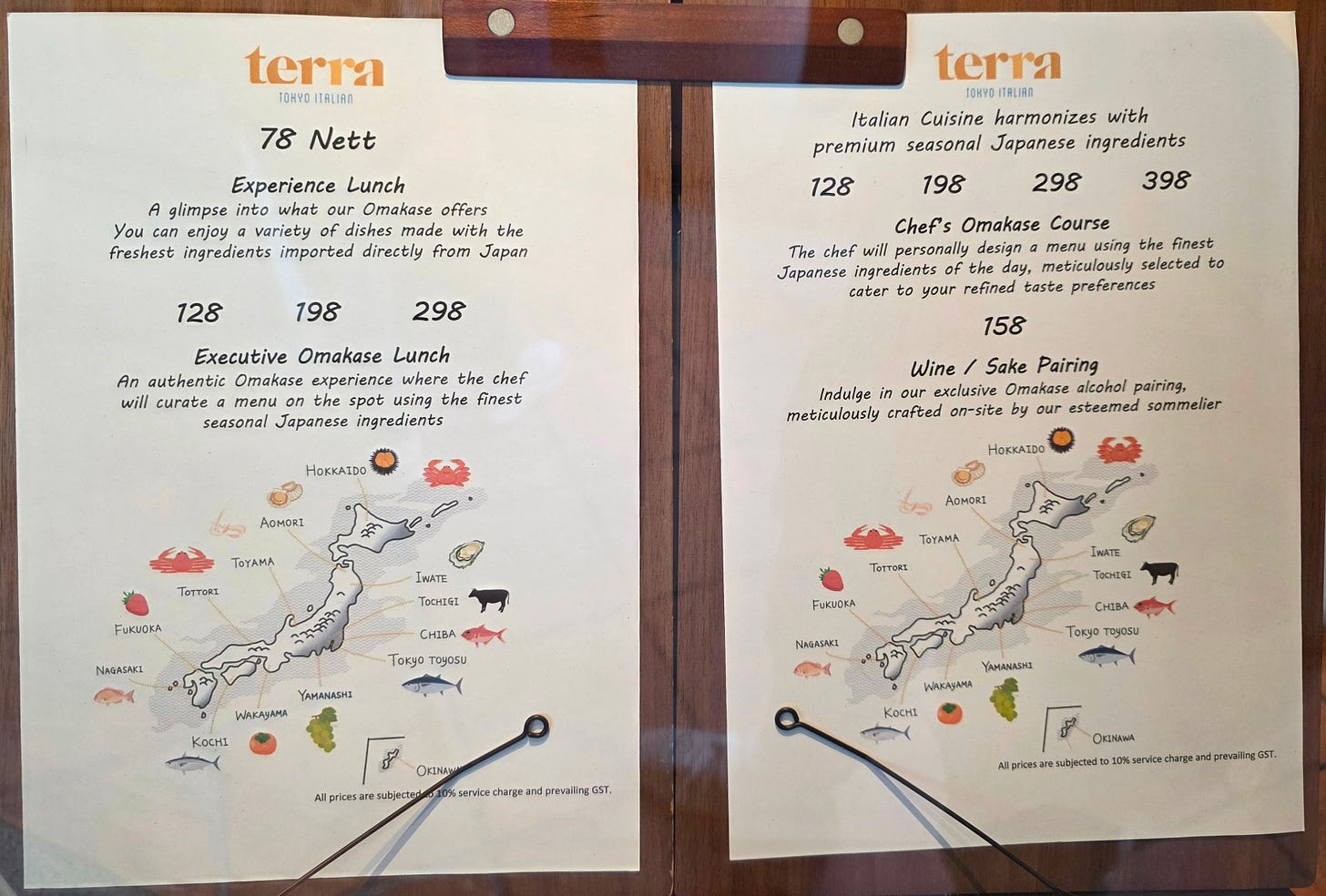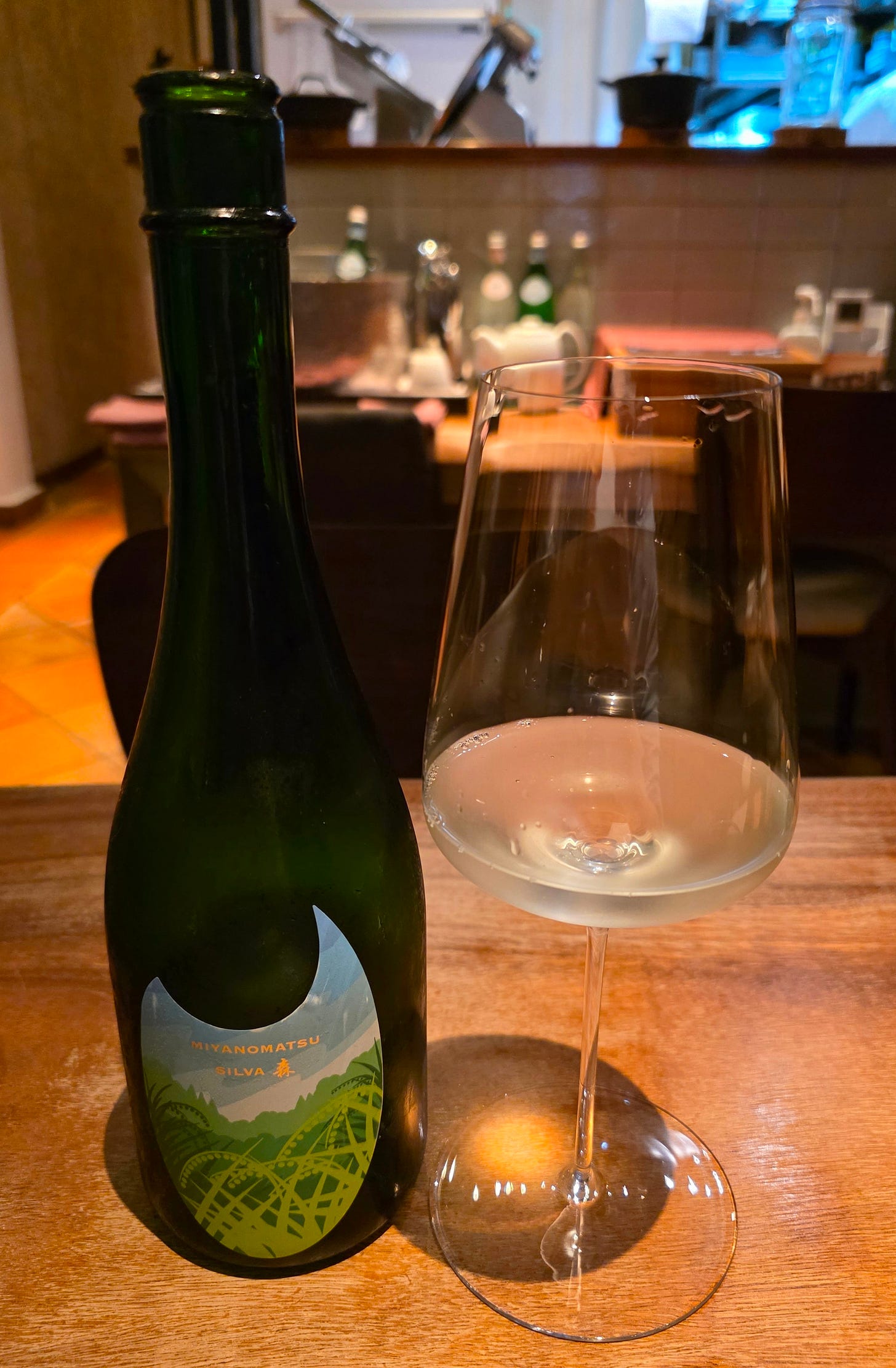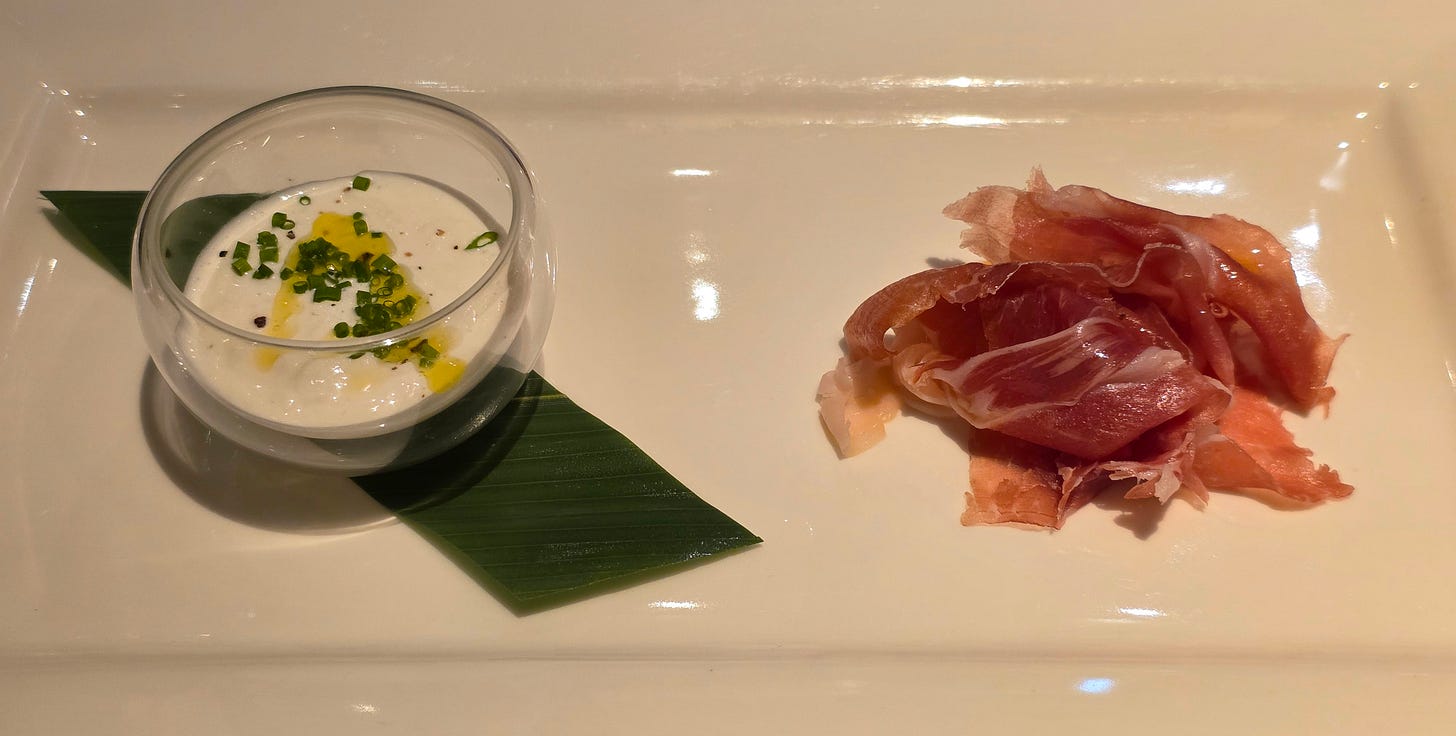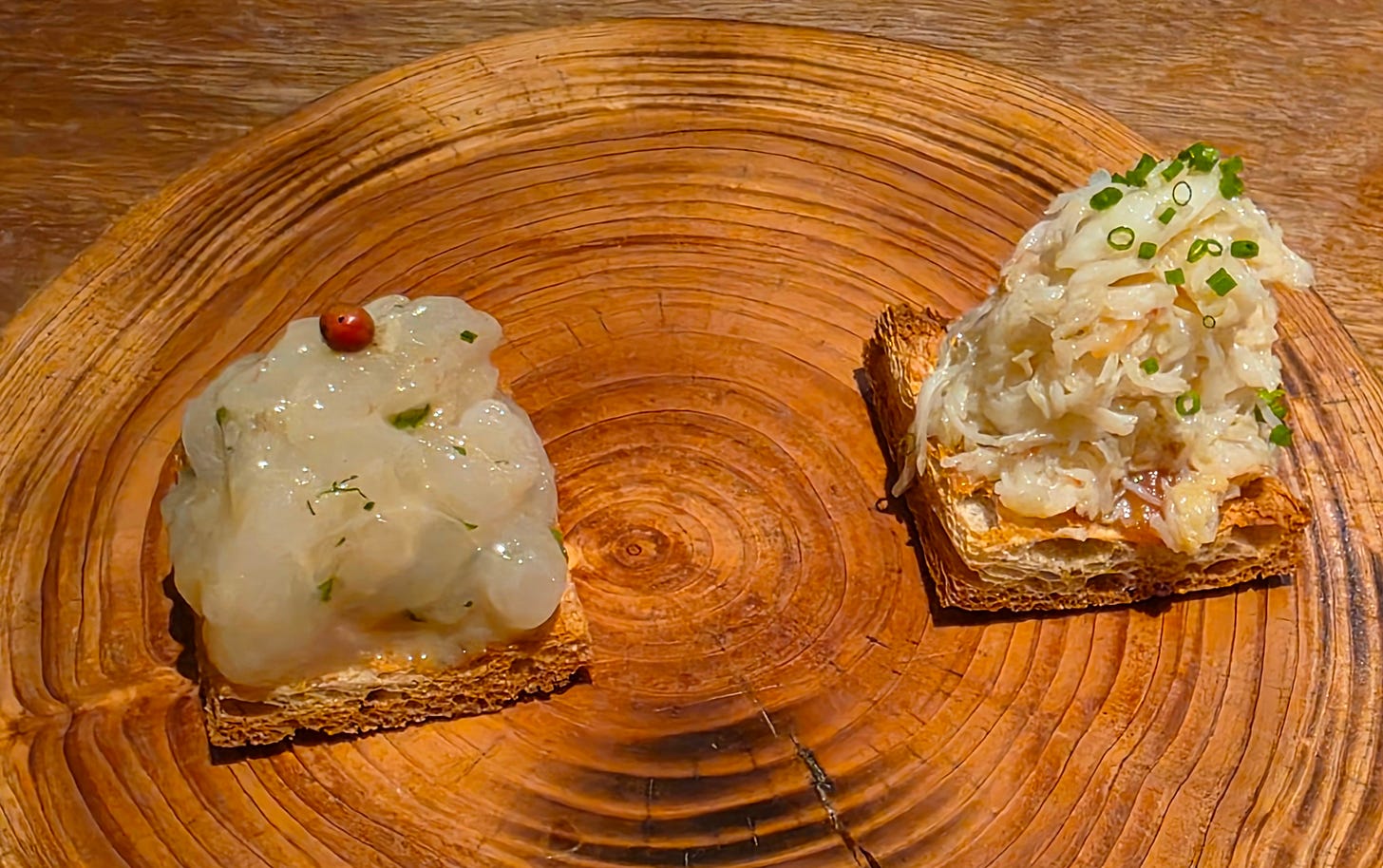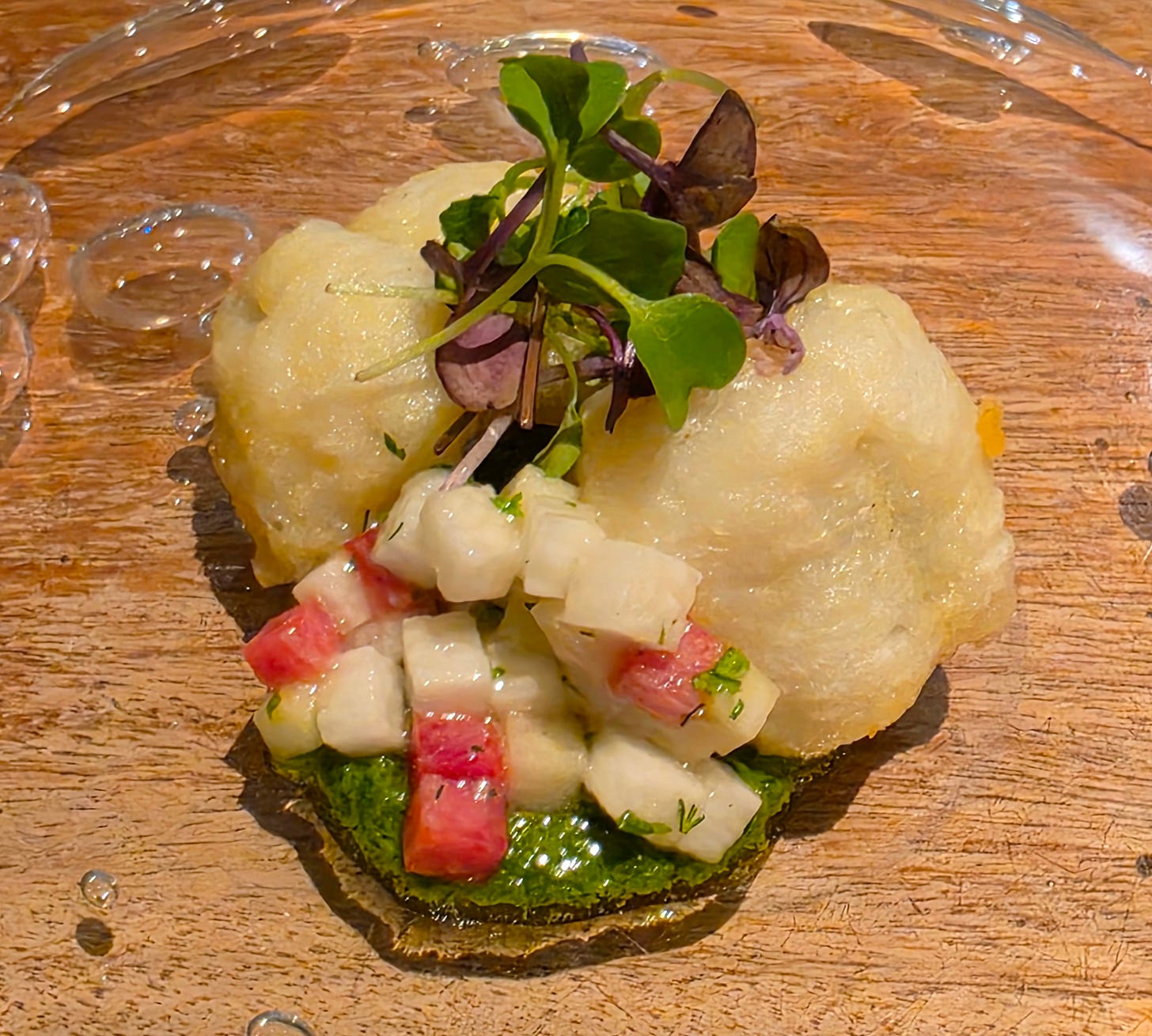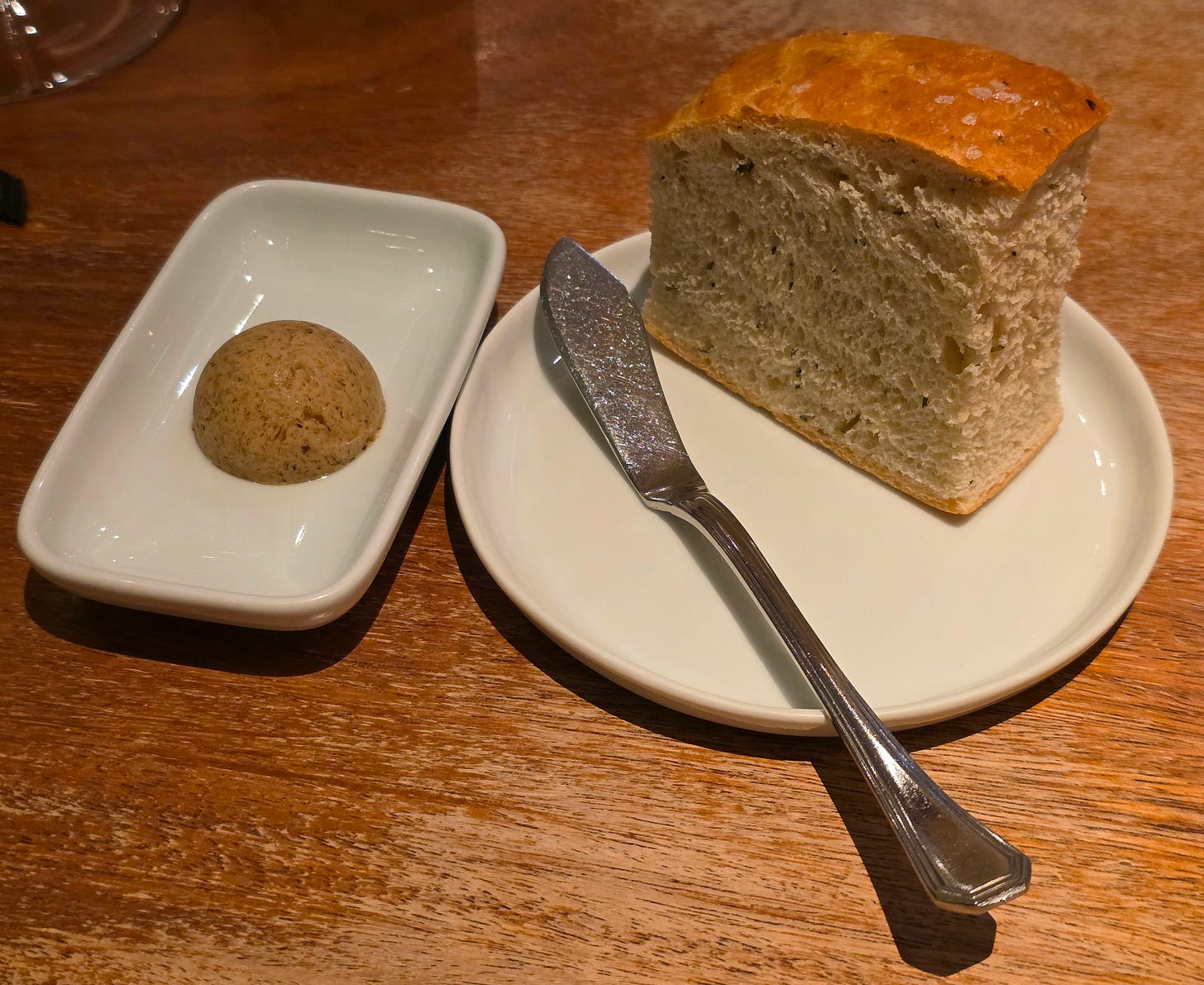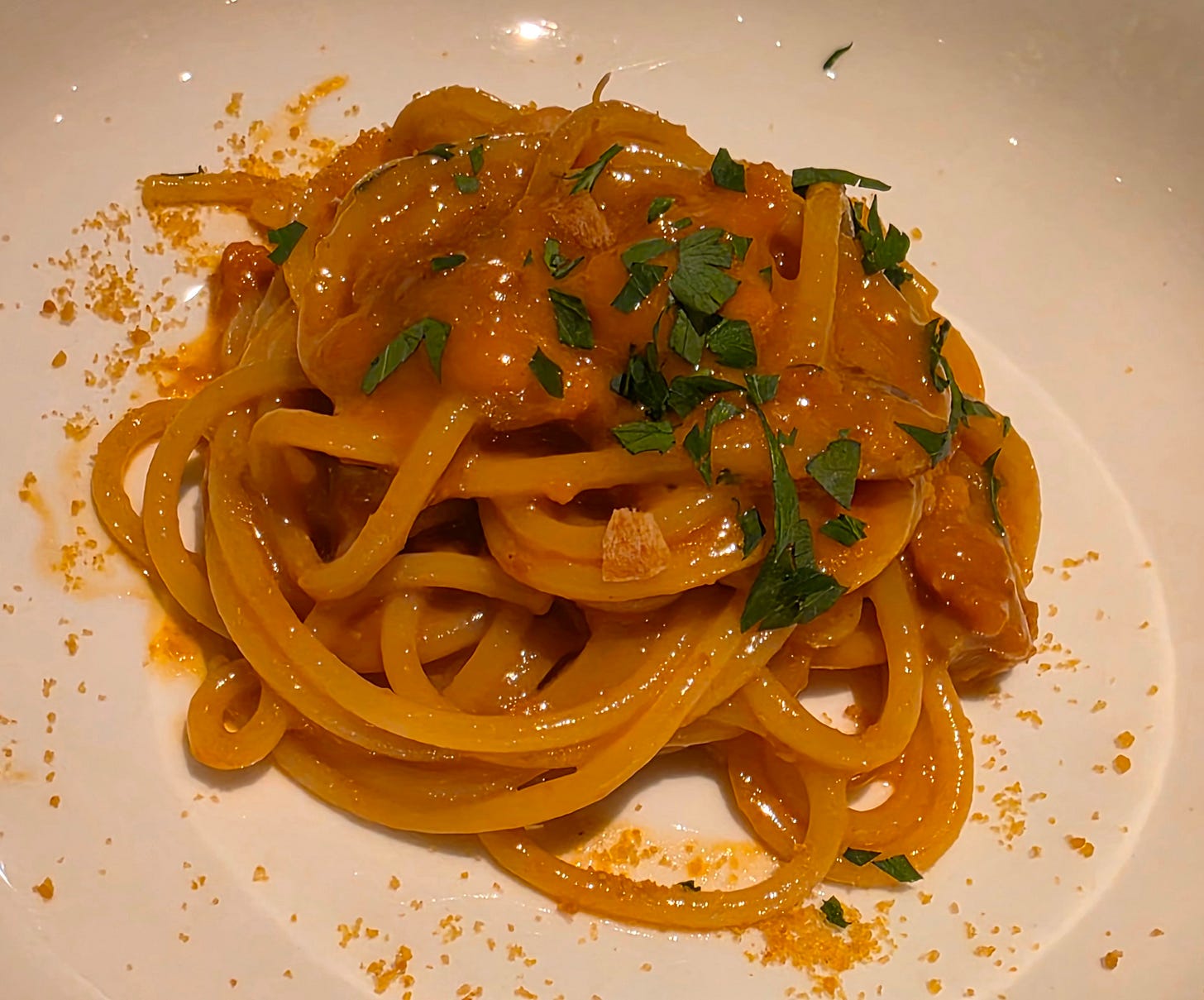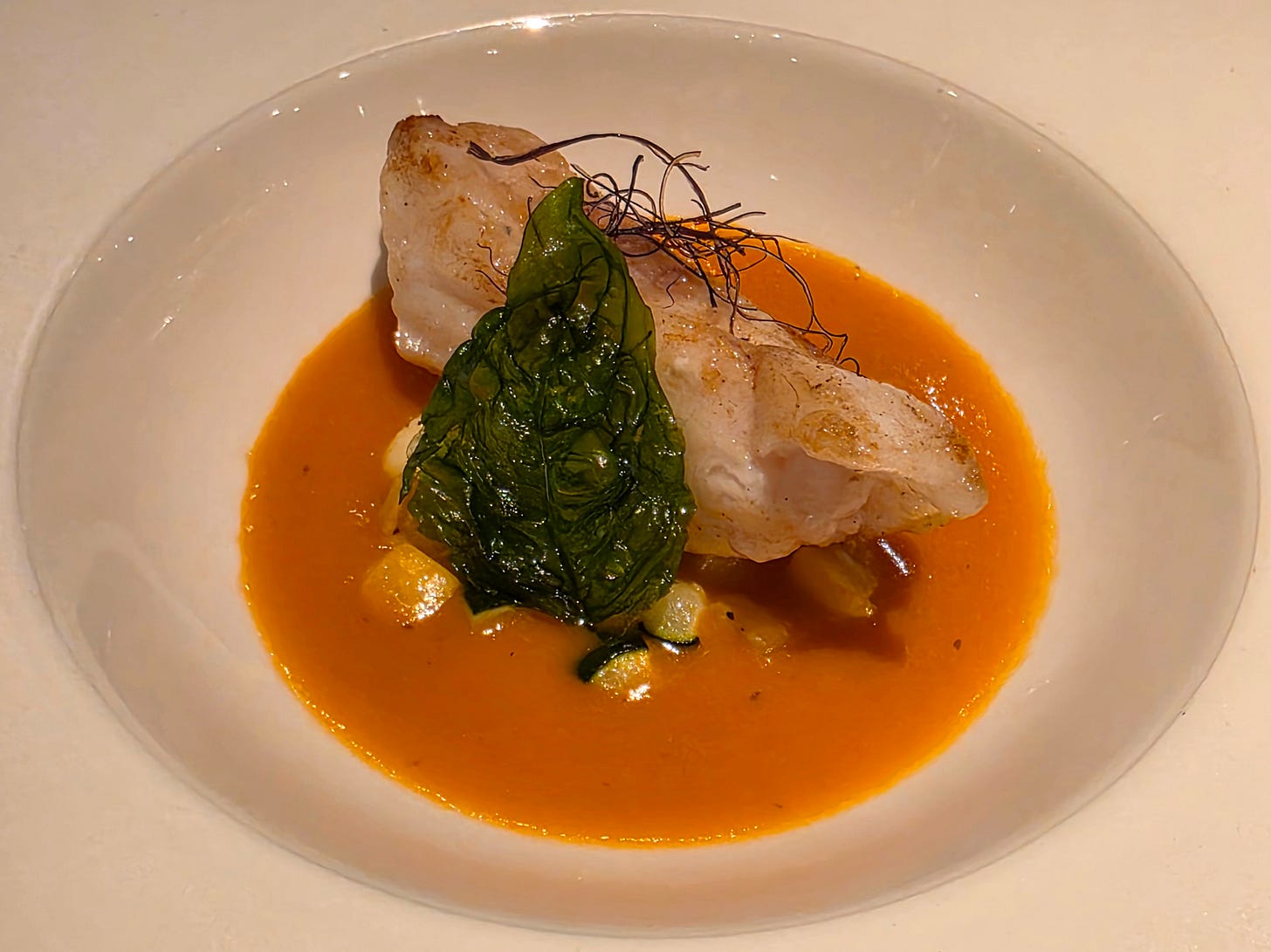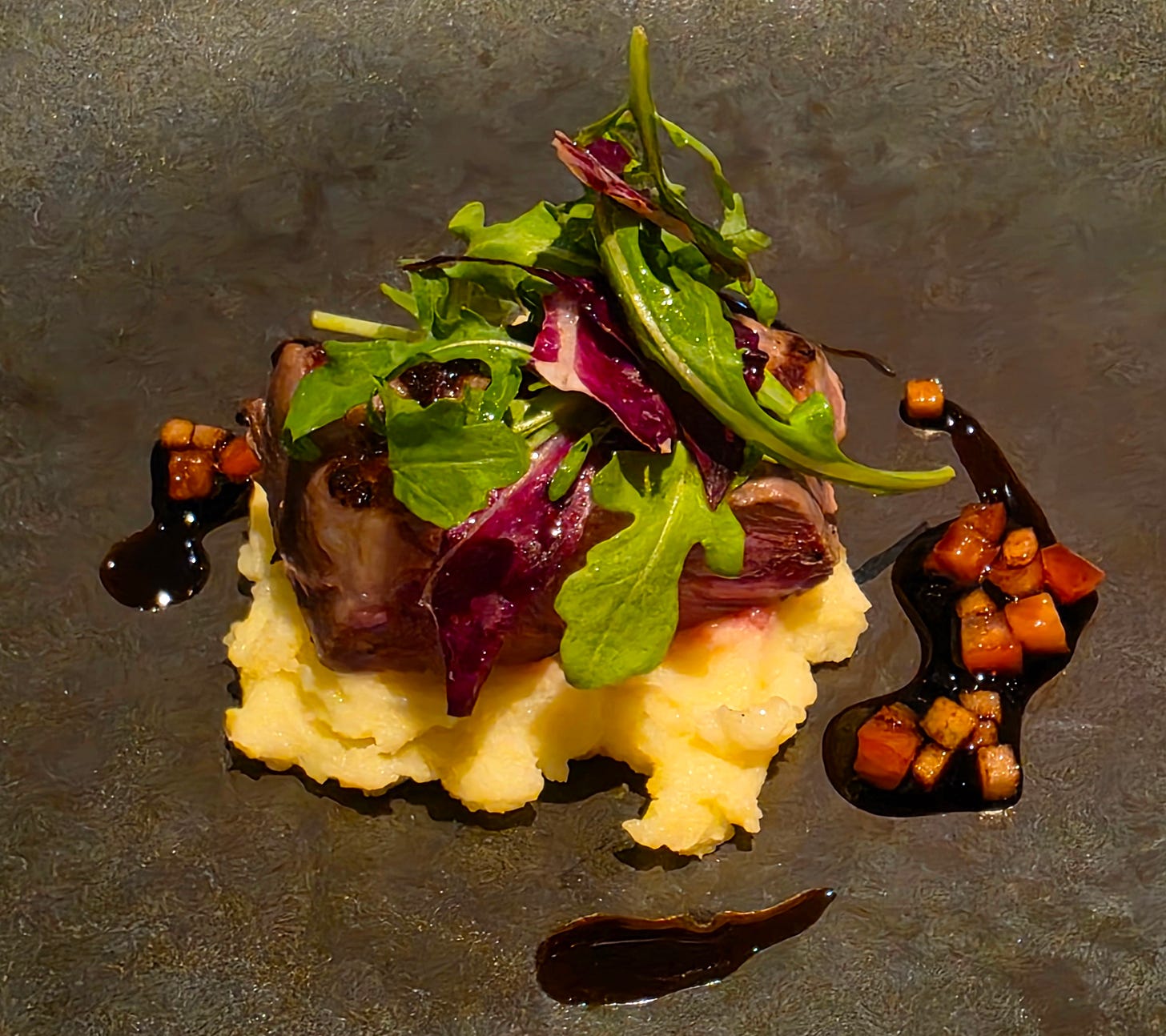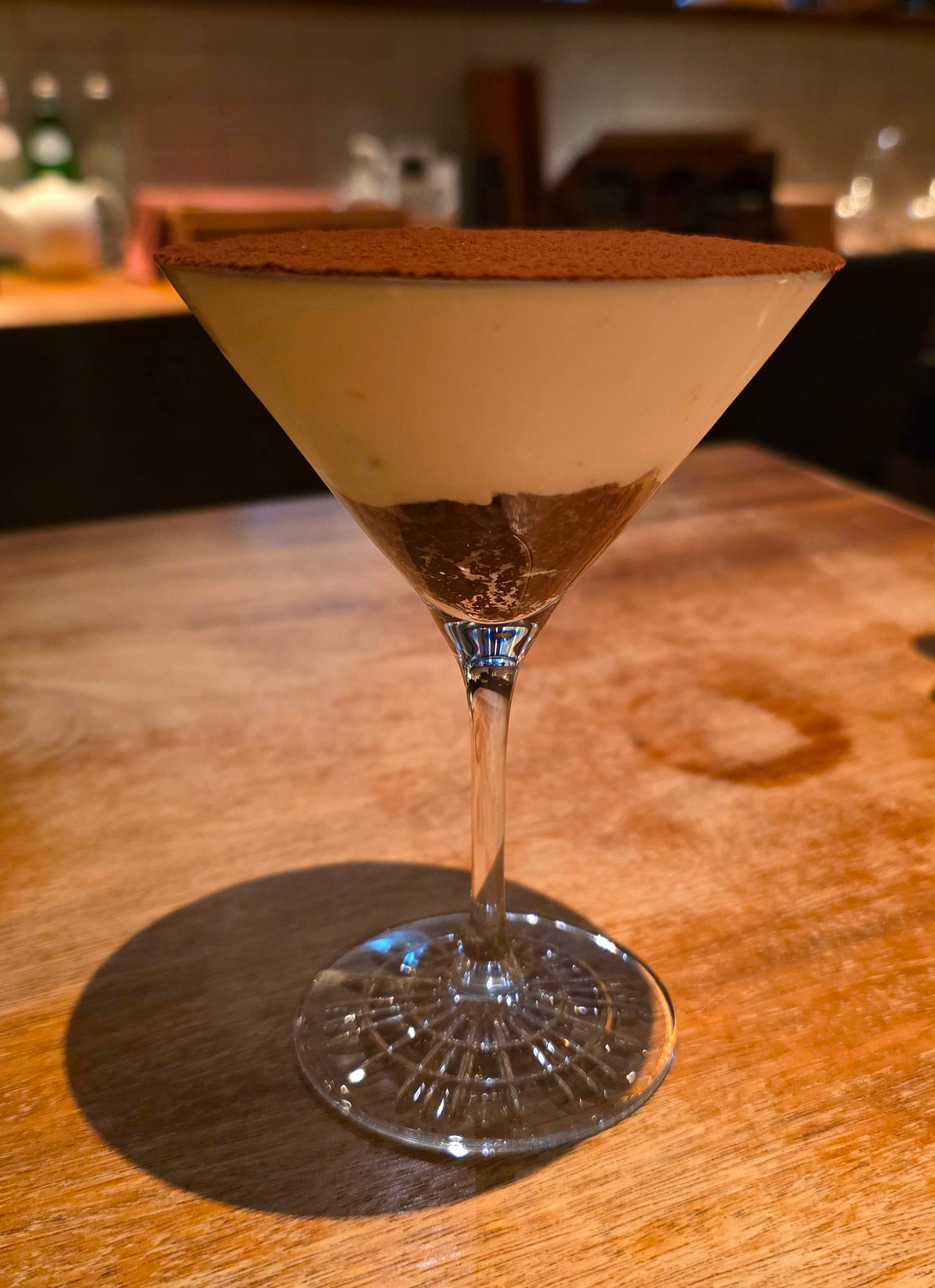Terra Tokyo Italian
An Omakase Experience Blending Japan and Italy in Singapore
Terra Tokyo Italian is a one-Michelin-starred restaurant specializing in "Tokyo-Italian" cuisine. The concept, pioneered by Chef Seita Nakahara, combines traditional Italian culinary techniques with premium, seasonal Japanese ingredients, flown in up to four times a week from Japan’s farms and fisheries. The restaurant offers four different omakase-style tasting menus, emphasizing the freshest produce, and is celebrated for its harmonious blend of Japanese and Italian culinary traditions.
Terra Tokyo Italian opened in mid-October 2015 along Tras Street in Tanjong Pagar, a vibrant dining hub in Singapore. Founded by Chef Seita Nakahara, the restaurant was born from his vision to create a new gastronomic standard by blending the Italian techniques he mastered in Italy with the pristine, seasonal ingredients of his native Japan. Initially a 36-seater shophouse venue, Terra quickly gained recognition for its innovative approach, earning a Michelin Star in 2016, which it has retained through 2025. Unlike fusion cuisine, Terra focuses on authentic Italian dishes enhanced by Japanese ingredients, such as Hokkaido sea urchin in pasta or Kinmedai (golden eye snapper) in acqua pazza.
The restaurant itself is located along a strip of traditional Singaporean shophouses, all redeveloped to be restaurants a short walk from Tajong Pagar Plaza. Many Michelin plaques on the doors nearby, and notably, single Michelin starred Euphoria is just a few doors down from Terra. The space itself is fairly small, with seating for about 20 diners at time, split into two rooms, a formal dining room at the front of house, and a smaller room in the back with a view of the pass and into the kitchen.
Arriving for dinner, I had a choice of four omakase menus. I was told that each omakase selection had the same number of courses, and the difference in pricing was really driven by the ingredients highlighted. It was my first time at Terra, and I figured I’d go with the $198 option. Being incredibly jet lagged, I decided to decline the wine and sake pairing, but go for a glass of sake instead.
There were several varieties of sake offered by the glass, and asking the sommelier for his recommendation, he decided to go off menu, and went scrounging around the back for a Miyanomatsu Silva, produced by a local small-batch producer in the Saga Prefecture. It’s an unfiltered, undiluted, unpasteurized sake, with a clean acidity and citrus and apple flavours. A really good pick and a sake I’m going to keep my eye out for from now on.
The amuse bouche was a creamy burrata, drizzles with extra virgin olive oil and a pinch of chives. This was served with slices of prosciutto meant to be dipped in the burrata. The hit of salt from the prosciutto contrasting well with creaminess of the burrata. A early highlight of the meal.
Next, one of the signature dishes at Terra, the assorted bruschetta. This is where some of the differentiation in the omakase menu takes place - higher end menus have more variety of bruschetta with more premium ingredients. In my case, I had one with a white shrimp and Shizo dressing and a second one with hand-picked hairy crab.
The appetizer demonstrated some of the Japanese influence with conger eel from Kobe made into fritters and deep fried in a tempura-like treatment. The fritters were served with a watermelon, pickled daikon and granny apple salsa, adding a bit of crunch and a green herbal remoulade.
The bread course came with a moulded porcini butter and a slice of their homemade focaccia. Really good combination - layers and layers of umami in the compound butter. I’m normally not a fan of focaccia, much preferring a crusty or soft sourdough, but when in Rome…
Served together with the bread course, the pasta dish, spaghetti topped with bafun uni and fried garlic chips. Rich, briney and perfectly al dente, really amazing execution on this one.
The courses were coming fast, and it was at this point I noticed that apart from me, the restaurant was completely empty. While I did pick an early reservation on a Monday night, it seemed odd that nobody else had walked in over the last three courses. As it turns out, they did have another reservation that cancelled at the last moment, so it was just me that night.
Oddly, they didn’t tell me in advance like other restaurants have in the past, giving me an option to cancel, and giving the kitchen a night off. Instead, they rushed me through the courses - I ended up finishing the meal in about an hour and the rushed pacing got a bit irritating after awhile.
The seafood course, a piece of great spotted grouper, pan fried and served on a bed of diced eggplant, zucchini and tomato puree. topped with a deep-fried basil leaf and thin strands of crisped eggplant skin. The sauce was the highlight here, vibrant with some pungency from fresh olive oil, with a hit of the acidity from the apple.
The protein, a charcoal grilled wagyu striploin, perfectly doneness with the scent of smoke wafting across the palate. Served on a bed of Hokkaido potatoes mash and served with a balsamic and tomato sauce. The sauce didn’t work that well - it seemed more appropriate for the salad on top, but it’s hard to fault steak and mash, especially when it’s a perfectly prepared piece of wagyu and a buttery, lumpy homemade mash.
Dessert was classic Italian tiramisu. Interestingly, the shape of the martini glass meant that I got a lot of the top layer of cream, and very little of the ladyfingers or coffee underneath. It ended up being a bit of a disaster - mouthfuls of sweet but otherwise one-dimensional cream, and nearly no coffee flavour or spongey ladyfingers.
Overall, dinner was a bit of a disappointment. There were some redeeming factors - the Miyanomatsu Silva sake chosen by the sommelier was very memorable, and the burrata and prosciutto amuse bouche is definitely one I’ll try to recreate at home. Nonetheless, between the furious pacing that felt like they were trying to rush me out the door, a rather uninspired menu that didn’t bring out the best of the Japanese produce they were showcasing and an absolute disaster of a dessert, this wasn’t a experience I’m keen to repeat.
I think Chef Yoshiharu Kakinuma at Sushi Shikon said it best, “fusion? confusion!” I’ve seen Japanese and French cuisine work very well, like at Ta Vie, but so far, my experience with Japanese and Italian has not gone well. Which is a disappointment, given the amazing reviews I’ve heard for Italian food in Tokyo.
Total Damage: 276 SGD/person




